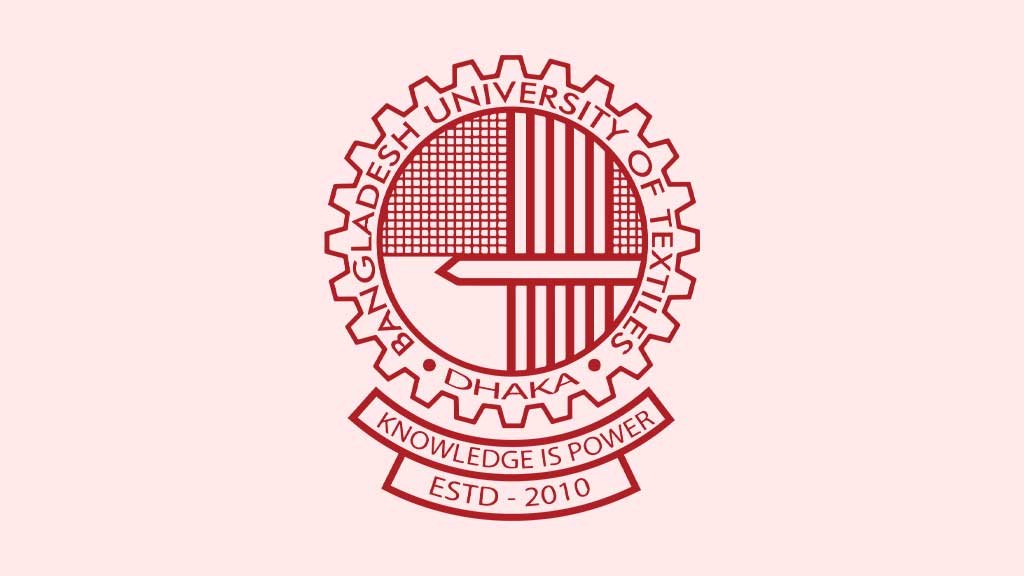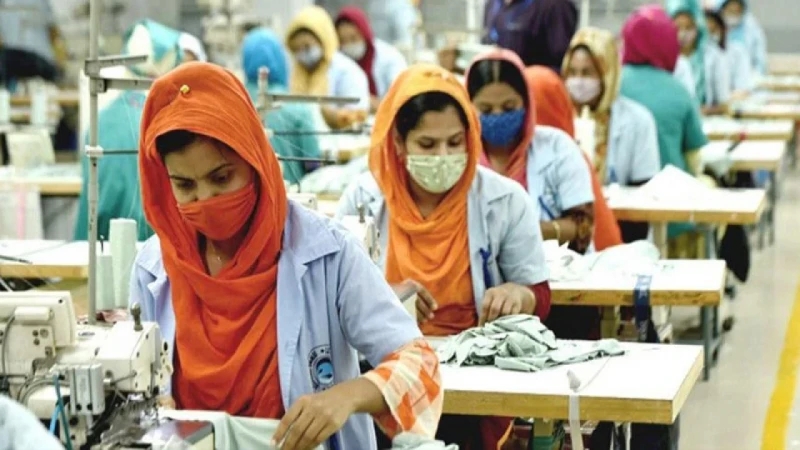India’s dream of becoming the ‘world’s factory’ has been around for a long time. Just when there were few signs of progress towards fulfilling this dream, Washington and Beijing announced the restructuring of trade relations between themselves. Their announcement could become a major obstacle to fulfilling India’s dream of becoming a global manufacturing hub by replacing China.
US President Donald Trump has backed away from imposing huge tariffs on China. Last week, after representatives of the two countries finalized a draft agreement in Switzerland, tariffs on Chinese goods were reduced from 145 percent to 30 percent overnight. Trump has imposed a 27 percent tariff on India.
Ajay Srivastava of the Delhi-based research institute Global Trade Research Institute believes that the manufacturing investment initiatives that were likely to move from China to India as a result of the Washington-Beijing trade agreement will now either stop or move back to China.
Ajay also said that India’s low-cost manufacturing system may survive, but quality growth will be at risk.
Last month, US technology company Apple indicated that it would shift most of its iPhone manufacturing plants from China to India. The enthusiasm and optimism that was seen in Delhi at that time are completely reversed by the recent sentiment.
Although the possibility of Apple shifting its iPhone manufacturing plant from China to India is not completely over. Apple has not yet spoken out on the matter.
US President Trump himself, however, does not want Apple to build its factory in India. In this regard, Trump once said that he advised Apple CEO Tim Cook not to build a factory in India. His argument is that India is one of the countries that impose high tariffs.
In this regard, Shilan Shah, an economist at Capital Economics, said that India could very well become an alternative country to China in supplying goods to the United States immediately. Although he said this before the Washington-Beijing meeting in Switzerland.
At that time, Shilan Shah also said that 40 percent of the products India exports to the United States are in line with those exported by China.
There were indications that Indian exporters were already preparing to fill the gap in China’s supply due to the imposition of tariffs. A recent survey showed that new export orders to India have reached the highest level in 14 years.
Now, the announcement of the restructuring of trade relations between Washington and Beijing is going to shatter New Delhi’s dreams.
Some analysts, however, do not think so yet. Rather, they believe that the huge strategic distance between the United States and China will benefit India in the long run.
India is also in talks with the United States on a possible trade deal. The trend of leaving China in the meantime could put India, Asia’s third-largest economy, in an advantageous position. Global companies are shifting their operations elsewhere to diversify their supply chains.
India’s hopes of becoming a global factory are at risk not only from China, but also from other Asian rivals, say economists Sonal Verma and Arudip Nandy.
The two economists from Nomura, a major Japanese financial services and investment management firm, said global institutions have not yet completely turned their attention away from countries like Vietnam.
So, for India to fully exploit this opportunity, it is not just about taking advantage of tariff-based benefits, but also ensuring real and effective reforms to ease business.








Leave a Reply